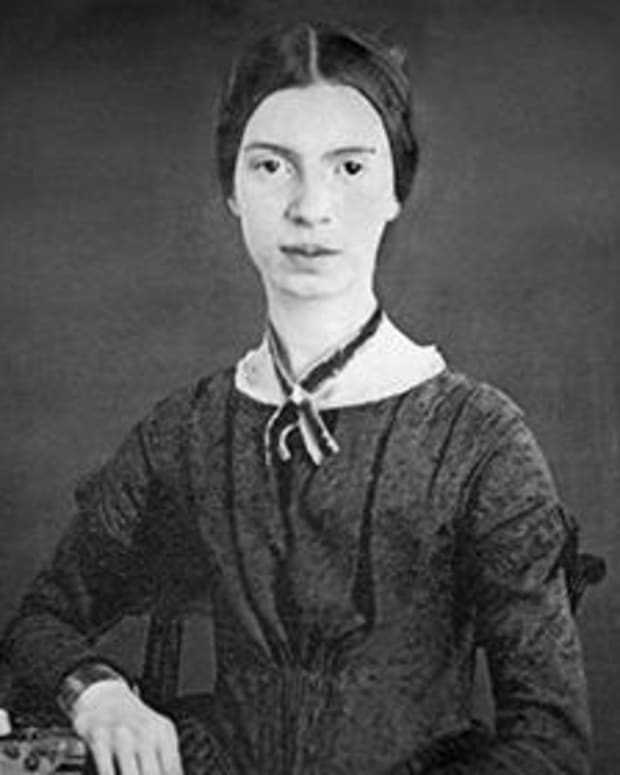



Similarly, in the middle stanza, the rhyme follows the pattern abab, while the final stanza is really rhymed abbb, since ‘Extremity’ chimes with both ‘Sea’ and ‘me’. The poem is written in quatrains rhymed abcb, although we should note that ‘soul’ and ‘all’ in the first stanza are not really rhymes but rather pararhyme: ‘off-rhyme’, if you will. To this analysis of the poem’s metre, it’s worth drawing attention to the opening trochaic substitution, announcing ‘Hope’ in the poem’s very first line, as its very first word: ‘“HOPE” is’, not ‘“Hope” IS’. That COULD / a-BASH / the LIT- / tle BIRD (An iamb is a metrical foot comprising one unstressed syllable followed by a stressed, as in the word ‘because’: ‘be-CAUSE’.) So, in the middle stanza, we get:Īnd SWEET- / est – IN / the GALE / – is HEARD – ‘“Hope” is the thing with feathers’ is written in lines of alternating iambic tetrameter and trimeter, meaning there are three four iambs in the odd lines and three iambs in the even lines. Already we have left behind the concrete realities of the world in favour of abstract ideas (or ideals). And it is direct metaphor rather than simile: ‘“Hope” is the thing with feathers’.īut we might also note those quotation marks: Dickinson is talking about not hope but ‘hope’, the idea of hope, the way we talk about it rather than the reality. Like Dickinson, Brontë begins her poem by trying to define hope:īrontë’s is far more of a narrative poem with symbolic undertones (we’ve analysed it here), while Dickinson’s is lyrical, focusing on the central metaphor. We might also mention a poem by her namesake, Emily Brontë (1818-48). We can picture an eagle or a parrot or a crow, but a ‘thing with feathers’? No chance.ĭickinson’s is by no means the only notable poem about hope.

‘It is as though she begins each general enquiry’, Vendler notes, ‘with the general question, “What sort of thing is this?” and then goes on to categorize it more minutely’.īut there’s something counter-intuitive about a poet whose work is defined by its peculiar and sometimes idiosyncratic attention to detail – describing the snow falling from clouds as being sifted from leaden sieves, for instance, or her wonderfully acute observation of a cat hunting a bird – making such wide and varied use of ‘thing’, a word which is, to borrow Vendler’s adjective, ‘bloodless’.


 0 kommentar(er)
0 kommentar(er)
